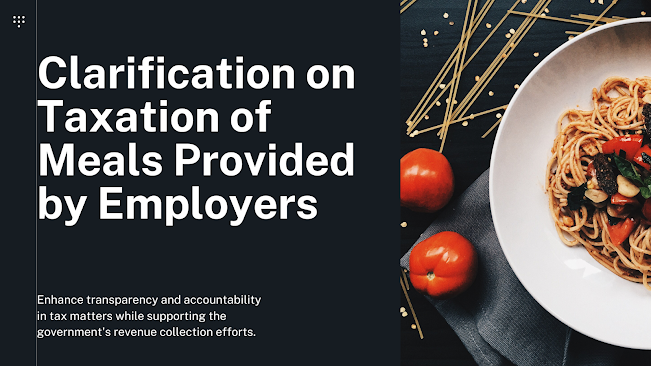VAT in Kenya: Exploring Value Added Tax and Its Impact on Consumers and Businesses
Introduction
Value Added Tax (VAT) is a crucial component of Kenya's
taxation system, playing a significant role in revenue generation and economic
development. Implemented in various forms across many countries, VAT is a
consumption-based tax that is levied at each stage of the supply chain. In
Kenya, VAT affects both consumers and businesses, influencing spending
patterns, pricing strategies, and overall economic behavior. In this article,
we will delve into the intricacies of VAT in Kenya, examining its impact on consumers
and businesses alike.
Understanding VAT
Value Added Tax is a consumption tax imposed on the value
added to goods and services at each stage of production or distribution. Unlike
a traditional sales tax, VAT is collected at multiple points along the supply
chain, ensuring that the tax burden is distributed fairly across different
economic players. This includes manufacturers, wholesalers, retailers, and
ultimately, consumers.
VAT in Kenya
In Kenya, VAT is regulated by the Value Added Tax Act of
2013. The standard VAT rate is currently set at 16%. However, certain goods and
services, referred to as "zero-rated" supplies, are subject to a VAT
rate of 0%. This includes basic foodstuffs, medicine, educational materials,
and agricultural inputs. These zero-rated supplies aim to provide relief to
vulnerable groups and stimulate essential sectors of the economy.
Impact on Consumers
1. Cost of Living: VAT has a direct impact on the cost of
living for Kenyan citizens. Any increase in VAT can lead to higher prices for
goods and services, affecting household budgets and purchasing power.
2. Spending Patterns: Changes in VAT rates can influence
consumer behavior. When VAT rates rise, consumers might opt for cheaper
alternatives or reduce discretionary spending, leading to shifts in demand
within the market.
3. Inflation: VAT changes can contribute to inflationary
pressures within the economy, particularly if businesses pass on the additional
tax costs to consumers through price increases
Impact on Businesses
1. Input Tax Credit: One of the key features of VAT is the
input tax credit mechanism. Businesses can claim a credit for VAT paid on their
purchases and expenses, reducing their overall tax liability. This helps
prevent the cascading effect of taxes and encourages better record-keeping.
2. Compliance and Administration: Businesses are required to register for VAT if their turnover exceeds Ksh. 5 Million threshold. This promotes formalization and improves tax collection. However, businesses also need to ensure proper VAT compliance and reporting, which can be administratively burdensome.
3. Pricing and Competition: Businesses must carefully
consider how VAT impacts their pricing strategies. While they can claim input
tax credits, they need to find a balance between passing on increased costs to
consumers and remaining competitive in the market.
Conclusion
Value Added Tax in Kenya is a dynamic and influential aspect
of the country's taxation system. Its impact on consumers' purchasing power and
businesses' operations cannot be understated. Understanding the implications of
VAT is crucial for making informed financial decisions, whether you're a
consumer navigating price changes or a business owner managing compliance and
pricing strategies. As Kenya's economy continues to evolve, so too will the
role and impact of VAT on various stakeholders.



Comments
Post a Comment